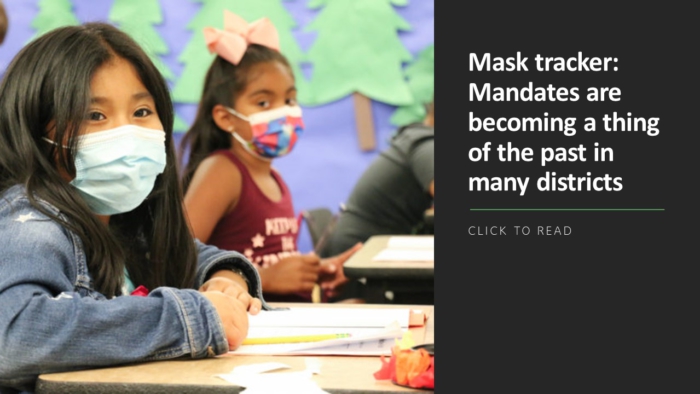The rapid transformation of K-12 education during COVID is refocusing educators on professional development priorities that may be shifting just as quickly. Mental health, project-based learning, online teaching and understanding data are among the leading subjects right now.
Kentucky’s Department of Education, for example, has launched a four-year initiative to build teachers’ skills in project-based learning. The Scaling Gold Standard PBL Kentucky program will provide face-to-face workshops, personal online coaching, and collaboration between peer networks. The ultimate goal is to give students “the kinds of learning experiences that prepare them for an automated, lightning-fast, globally interconnected economy,” Commissioner of Education Jason E. Glass said.
Education thought leaders say the most important step is to ask teachers where they want to improve their skills. “Asking our teachers what they really needed to be successful during the year and then tailoring the professional development to their needs changed the dynamic of our professional development dramatically,” Minnesota principal Jessica Cabeen wrote on Edutopia. “We went from throwing darts at the wall, hoping one of them would stick, to precision throws aimed right at a target.”
Also, districts can use ESSER funds for PD that is targeted toward helping students and teachers rebound from the pandemic. With these concepts in mind, here’s a rundown of topics (including some free PD courses) that educators should strongly consider as they plan professional development for in the coming months:
1. Fun and self-care: Teachers should not only learn how to teach with games but their professional development can also be play-based, Cabeen said. Activities can include yoga, brain breaks and even vigorous games of rock-paper-scissors. Sensory-based exercises can use Play-Doh, dice, and other manipulatives found in classrooms.
2. Mental health and trauma: Teachers will need more practice on how to support and engage students who are suffering emotional distress after the last few years, says Vicki Davis on her Cool Cat Teacher website. Davis provides ideas for PD programs in mental health and trauma-informed teaching. This work should include connecting with parents and learning how to provide social-emotional instruction online. “In my experience, I’ve found that assuming that students have experienced trauma of some kind is more likely than assuming that they haven’t,” she notes on her site.
FETC 2023
The Future of Education Technology® Conference takes place live and in-person Jan. 23-26, 2023, in New Orleans. Register now!
3. Remote instruction is here to stay: Davis also encourages educators to enhance their skills for virtual instruction that will outlast the pandemic. Teachers will need to boost their capacity to engage students online, conduct virtual assessments, and hold remote students accountable as they learn independently.
4. Teacher leadership: Instructional coaching and emphasizing teacher leadership will help districts retain their best teachers, Davis says. To achieve this, administrators should encourage the creation of robust professional learning communities.
5. Multimedia mindsets: KQED Teach offers several free courses on teaching students to create videos and analyze media messages.
6. Equity and social justice: Administrators seeking to help teachers create safe and inclusive environments can find several resources from the nonprofit Learning for Justice (formerly known as Teaching Tolerance).
Online inquiry: How and where your students say they are learning best
7. STEM stimulus: The Smithsonian Science Education Center offers academies that give teachers behind-the-scenes access to its museums and other labs in the Washington, D.C. area. It also has a course on how teachers can better understand students’ perspectives and misconceptions about science class.
8. Learning loss: Many educators recognize that some students were disproportionately impacted by learning disruptions. The National Math and Science Initiative offers PD courses that address the academic and college-and-career preparation needs of students who have been marginalized.



